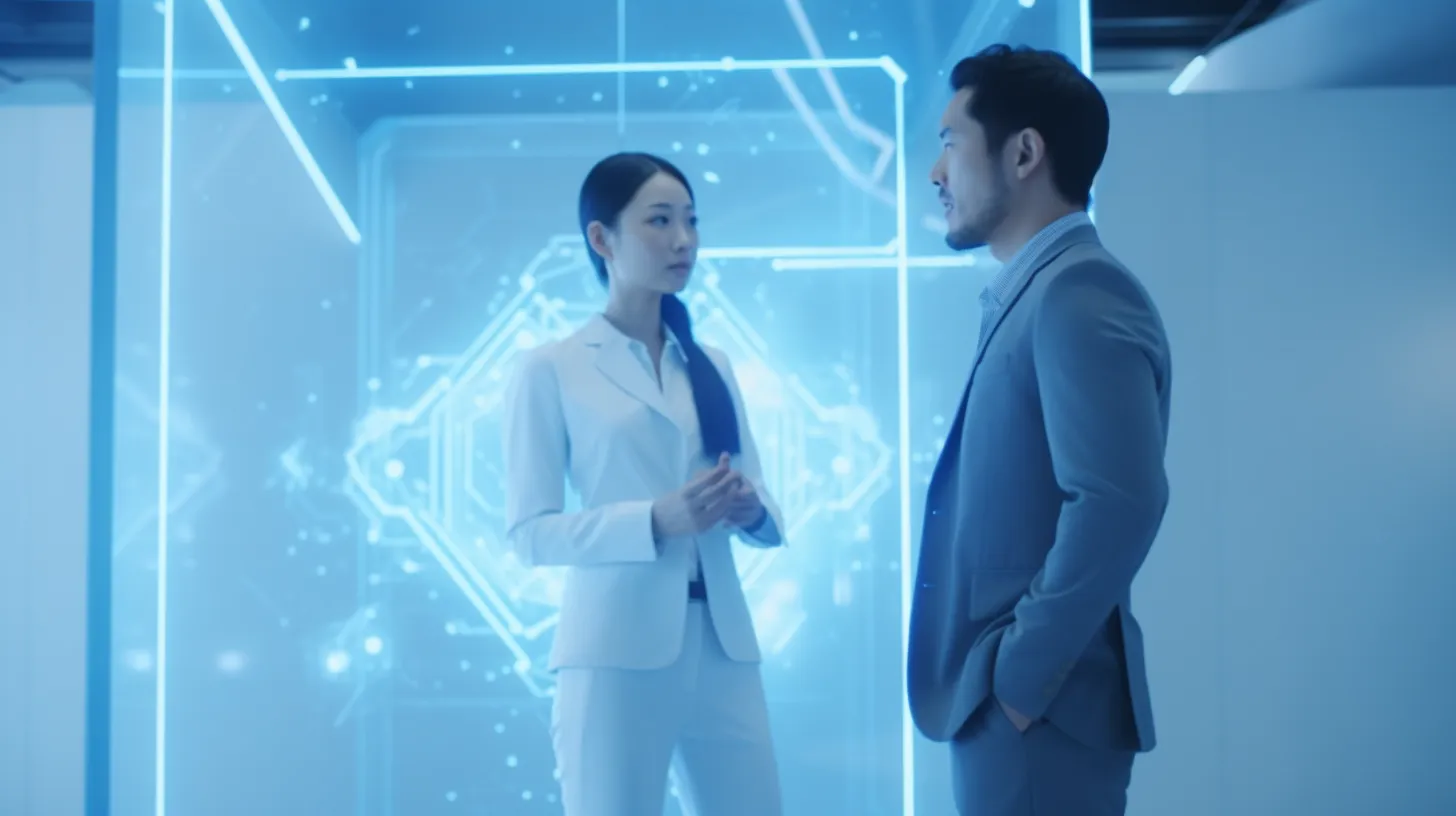Introduction|AI’s Sudden Arrival in the Classroom
“Can I use it to draft my report?”
“Is it wrong to do my homework using AI?”
Since 2023, questions like these have become commonplace in classrooms. With generative AI tools like ChatGPT becoming familiar to both students and educators, the relationship between education and AI has entered a new phase—one of critical reexamination.
This article draws on real voices from teachers, students, and education experts to explore the light and shadow of generative AI in educational settings. We aim to examine what a healthy relationship with AI in education might look like.
1. From the Student’s Perspective|Efficiency or Cheating?
For many students, ChatGPT is a “go-to” resource when they’re stuck. Whether they’re struggling with an assignment topic or uncertain about phrasing, the convenience of getting quick hints is a significant benefit.
Yet, some students also wrestle with a dilemma:
“How much of this work is truly mine?”
“Is this considered cheating?”
“It helps me research, but I feel uneasy if I just copy it word-for-word. I don’t really know where the line is.” (Second-year university student, humanities)
As a first step in AI literacy education, we must encourage students to reflect on questions like:
“If there’s no clear rule, how would you decide what’s appropriate?”
2. From the Teacher’s Perspective|Why Some Schools Ban AI Use
Many schools have implemented rules such as “Using ChatGPT for reports is prohibited.” These policies reflect concerns about fairness in evaluation and the devaluation of learning.
But an increasing number of educators believe that outright bans miss the deeper issues at play.
“Today’s students naturally use AI as an information tool. Rather than blanket bans, we should be exploring how to use it together.” (High school teacher)
These views invite a further question:
“How can we work with students to establish appropriate ways of engaging with AI?”
Possible approaches include sharing use-cases in class, co-creating AI usage guidelines, and holding workshops where students critique AI-generated content.
3. From Experts in Education|The Need for AI Literacy
Now that AI is embedded in the classroom, experts argue it’s no longer enough to prohibit its use—we need to teach how to use it responsibly.
Some schools have begun offering workshops on AI usage and designing lessons that help students identify factual inaccuracies in AI-generated content. The aim is to integrate “how to engage with AI” into the curriculum itself.
“We need education that fosters inquiry into AI. That process is essential to true learning.” (Educational researcher)
Key components of AI literacy education may include:
- Understanding how AI works and where its limits lie
- Learning how to assess AI-generated content (source-checking, fact-verification)
- Recognizing ethical and copyright risks
- Distinguishing between human thinking and AI output, and using both effectively
4. Engaging with Questions that Have No Clear Answers
Generative AI has shifted the role of education from merely “getting the right answer” to “asking the right questions.”
AI may provide a correct answer—but how we evaluate and use that answer is entirely up to us.
In this sense, inquiry itself becomes a core competency, alongside traditional knowledge acquisition.
We invite readers to reflect:
- What further questions could deepen learning from the AI’s answer?
- Why did that answer seem “correct”? Were there alternative perspectives?
Conclusion|What the AI Era Demands of Education
Debates around ChatGPT in schools have evolved from simple yes/no arguments into the more nuanced realm of how to use and think critically about AI.
The goal of education is not just to accumulate knowledge, but to nurture independent thought and judgment. In a future where students and educators learn alongside AI, the ability to value questions as much as answers will become increasingly important.
At AI JOURNAL, we will continue to explore this intersection of education and AI, sharing insights from the field and fostering thoughtful engagement with new technologies.
Q&A (5 Key Questions)
Q1. Can students use ChatGPT? Some schools ban it…
A. Policies vary, but generally AI is acceptable as a reference, not for direct copy-paste. What matters most is how students integrate it into their learning.
Q2. Why do teachers prohibit AI tools like ChatGPT?
A. Concerns include compromised fairness in grading and reduced learning. However, more educators are shifting toward teaching how to use AI responsibly.
Q3. Are there ways to use ChatGPT in class effectively?
A. Yes—such as developing inquiry skills or verifying AI’s outputs. Treating AI as a thinking tool can deepen students’ understanding.
Q4. What does AI literacy education actually involve?
A. Core elements include: basic understanding of AI, evaluating outputs, ethical and copyright awareness, and distinguishing between personal thought and AI suggestions.
Q5. What’s the most important skill for learning with AI in the future?
A. Beyond finding answers, students must learn to ask meaningful questions and decide how best to apply the information. AI provides answers—humans must continue asking.




コメント